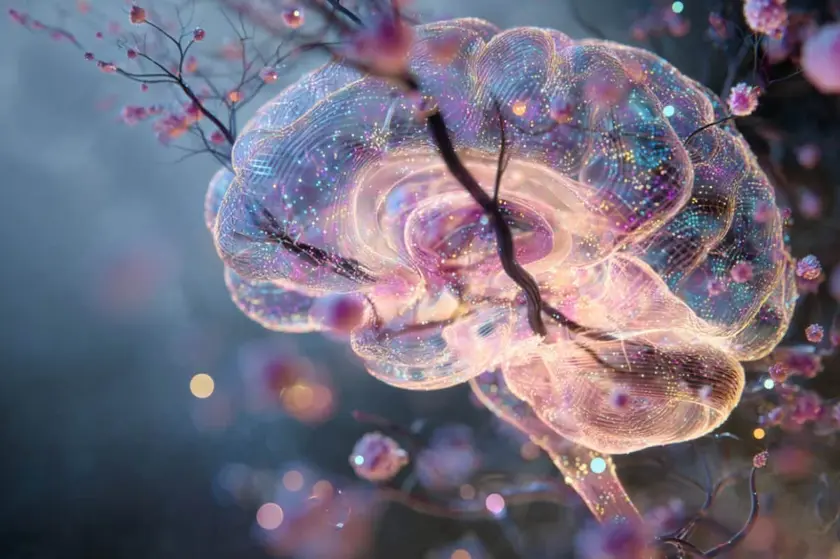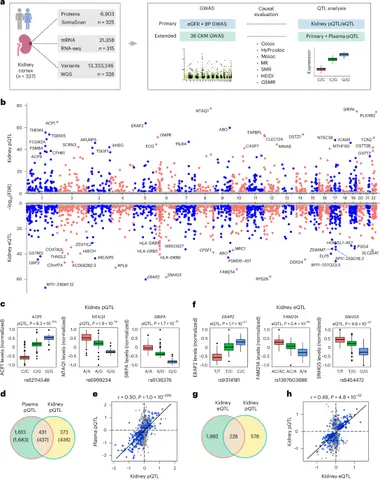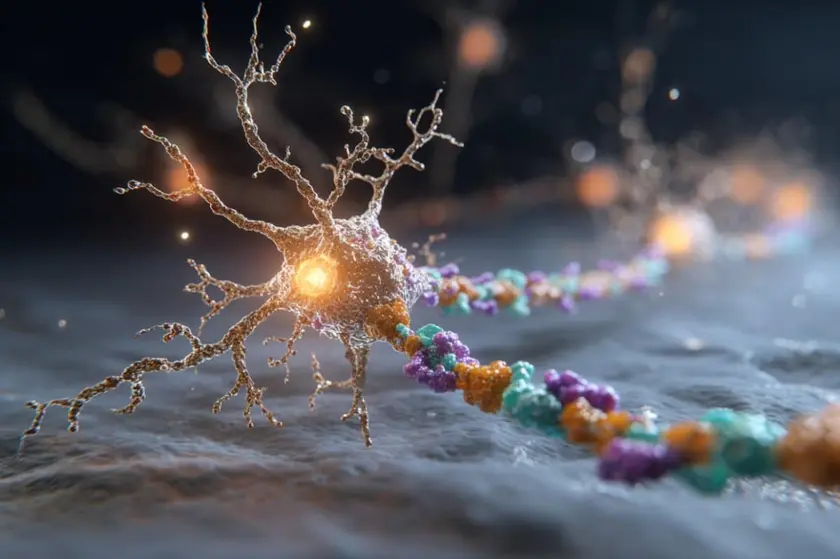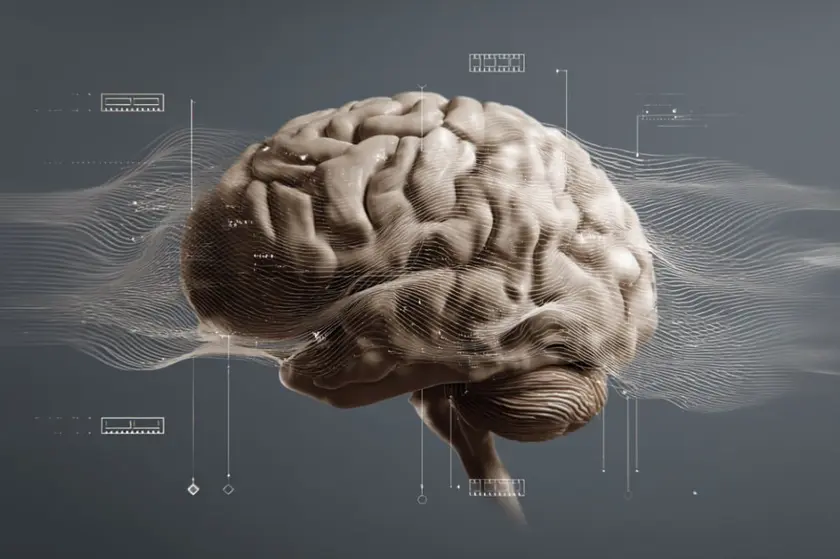T4K3.news
Autism study identifies brain gate as therapy target
Stanford researchers link RTN hyperactivity to autism-like behaviors in mice and show reversal with drugs.

Researchers have identified hyperactivity in the reticular thalamic nucleus as a driver of autism-like behaviors in mice.
Experimental Drugs Reverse Autism Symptoms
Stanford Medicine researchers studied autism-like behaviors in a mouse model lacking the Cntnap2 gene. They found the reticular thalamic nucleus RTN, a brain gate between the thalamus and cortex, to be overactive during sensory input and social interaction, and this hyperactivity was linked to seizures, repetitive actions, and reduced social interaction. Using two methods to calm RTN activity, a seizure drug called Z944 and chemogenetic tools (DREADD), researchers reversed these deficits in the mice.
The researchers say the results point to a shared mechanism behind autism and epilepsy and open a path for therapies that target brain circuits. The work in Science Advances will need to be tested in humans to assess safety and effectiveness before any clinical use. Still, the finding marks a notable step toward understanding how the brain gates sensory information and how that gating goes awry in autism.
Key Takeaways
"Reticular Thalamic Hyperexcitability Drives Autism Spectrum Disorder Behaviors in the Cntnap2 Model of Autism"
Study title conveys the core finding
"we could suppress overactivity in the reticular thalamic nucleus and reverse behavioral deficits in the autism mouse model"
Direct experimental claim from the study
"The new findings highlight the reticular thalamic nucleus as a novel target for the treatment of autism spectrum disorders"
Authors' conclusion
"The same drugs are being studied for the treatment of epilepsy, highlighting where the processes underlying autism spectrum disorders and epilepsy may overlap in the brain and why they often occur in the same patients"
Cross-disease relevance
This study shifts attention from single genes to how brain wiring shapes behavior. It highlights a gatekeeper region that could be manipulated with drugs or neuromodulation. If people are later able to translate this to humans, it could lead to targeted therapies rather than broad behavioral interventions.
But there is caution. Results in mice rarely predict human outcomes. Safety, ethics, and the risk of hype around a cure require careful communication. The research also underscores why many people with autism experience epilepsy and how comorbidity could inform treatment choices.
Highlights
- A gatekeeper brain region may unlock new autism therapies
- Targeting brain circuits may rewrite autism treatment
- Science tests the edge of hope with caution
- Mice findings push us to ask how soon for humans
Autism research risks and public reaction
The study involves a potential new therapy target for autism based on mouse data. Translating these findings to humans will require careful clinical trials, safety evaluation, and ethical considerations. Communications should avoid overstating the immediate therapeutic implications to prevent public misunderstanding or hype.
Future studies will test whether these results translate to humans.
Enjoyed this? Let your friends know!
Related News

Study reveals genes linked to mental illness activate in fetal stages

Eight new schizophrenia genes identified

Discovery of four autism types could revolutionize treatment

Autism research advances raise questions about future trials

Kidney Proteomics Maps New Targets for CKM health

New study reveals secrets of mood regulation receptors

Survivor speaks out on trafficking and neurodiversity

Researchers uncover new mechanisms of memory structure
